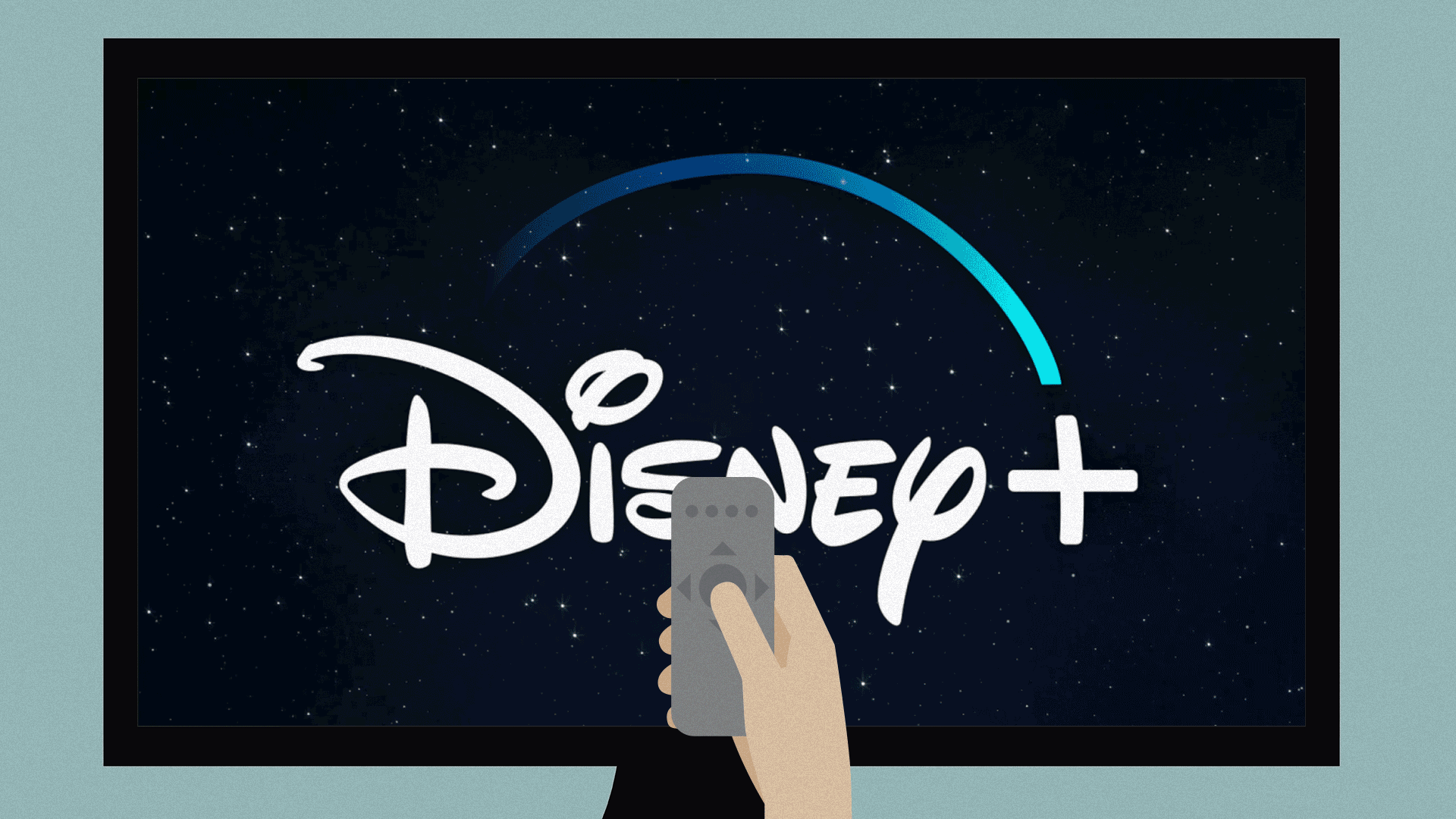- November 14, 2019
- By Pablo Suarez
Following the hotly anticipated launches of Disney+ and Apple TV+, the big question of the on-demand entertainment age has popped back up: Have we reached peak streaming?
The answer still appears to be “no,” according to Bo “Bobby” Zhou, a marketing professor at the University of Maryland’s Robert H. Smith School of Business.
“It’s not like a lot of consumers are not willing to subscribe to multiple online streaming services simultaneously,” he said.
Zhou, in a new study to be published in the Journal of Marketing Research, examined streaming services and why consumers subscribe to more than one platform. He said viewers have been willing to cut back on other discretionary expenses in order to satisfy their cravings for original movies and shows, trading a night out at a restaurant for access to “Succession” on HBO Now.
The upfront cost isn’t that high, either, as Disney+ entered the streaming market on Tuesday at $7 a month, and Apple TV+, which became available on Nov. 1, is priced at $5 a month.
Zhou predicted that Disney+ would rack up a huge number of subscribers in the short run. In just its first 24 hours, according to the app analytics company Apptopia, Disney+ was downloaded 3.2 million times.
But he warned: Don’t expect Netflix to rush to lower its prices, which start at $9 for a basic package and climb to about $16. The streaming mainstay may be able to resist some price pressures, Zhou said, in part because it has already built a loyal and dedicated consumer base through original content. Disney has a long-term advantage, however, in that streaming subscriptions only make up one part of the company’s revenue stream.
“Disney is a multidimensional commerce giant that can afford to lower its prices in order to lure you to take your friends and loved ones to Disney World,” he said. “There, they can sell you more merchandise and make more money down the road.”
The differentiator between all these options, given Disney’s advantage with such a vast collection of content, will be producing original, new shows. If Disney focuses on family-friendly options, he said, Netflix can acquire smaller production studios and compelling stories for other audiences.
“As long as there are significant merits, be it humor, interesting action or twisted plots, I don’t think that the independent or smaller players would cease to exist any time soon,” Zhou said.
Topics
Research